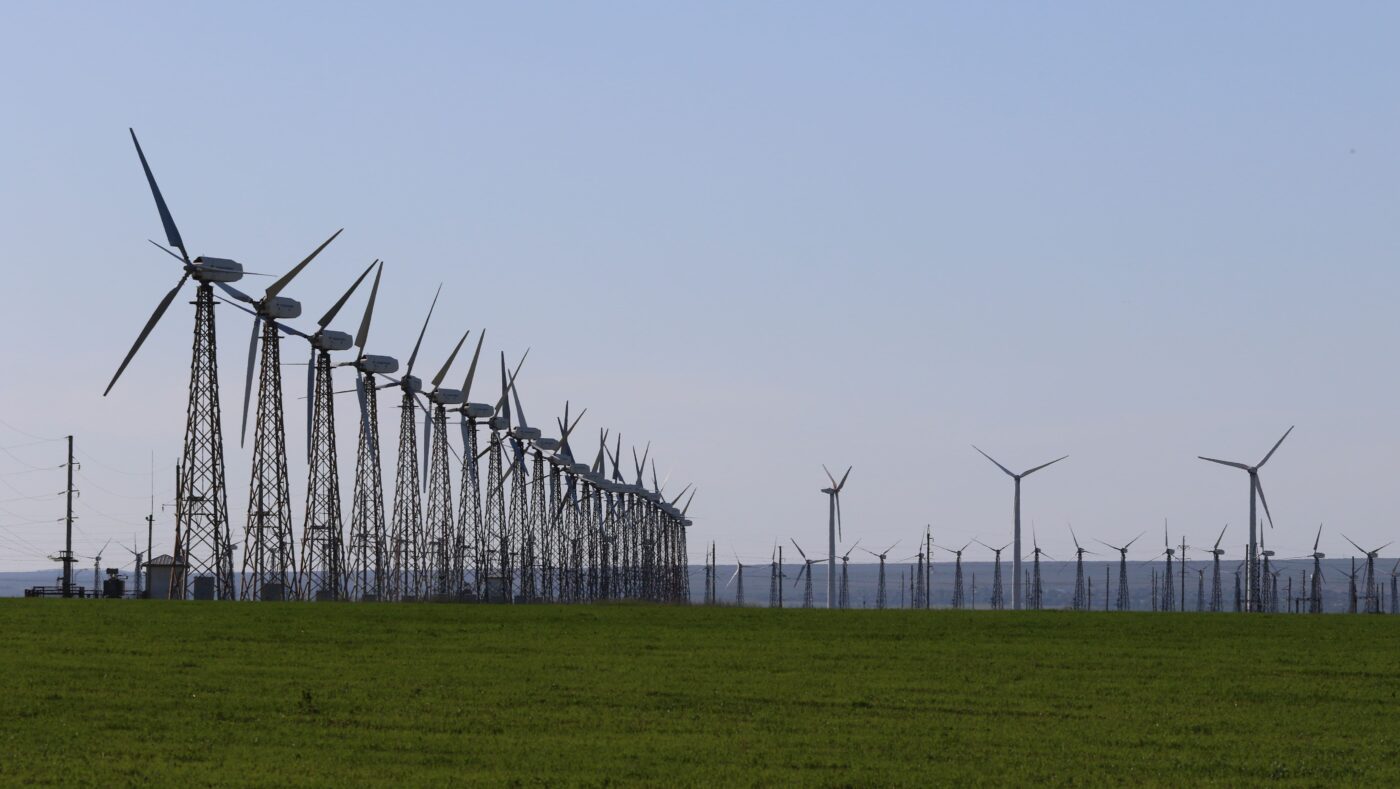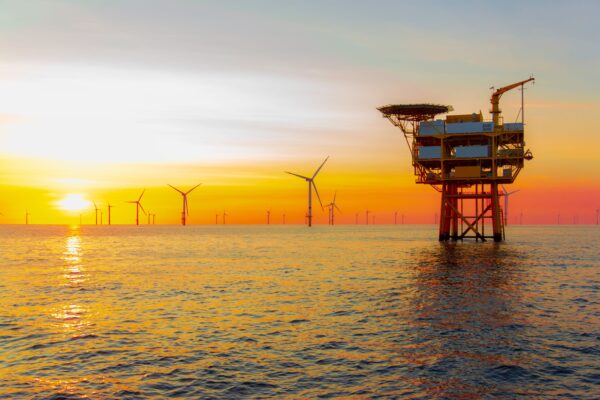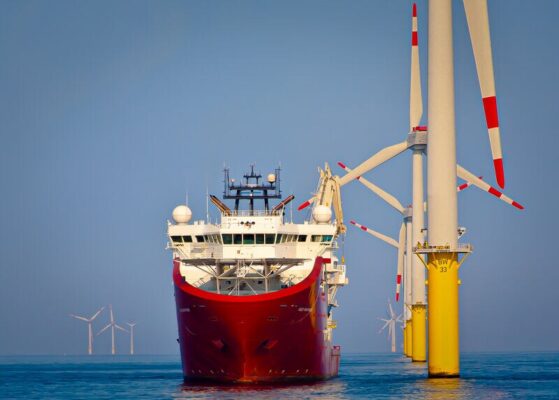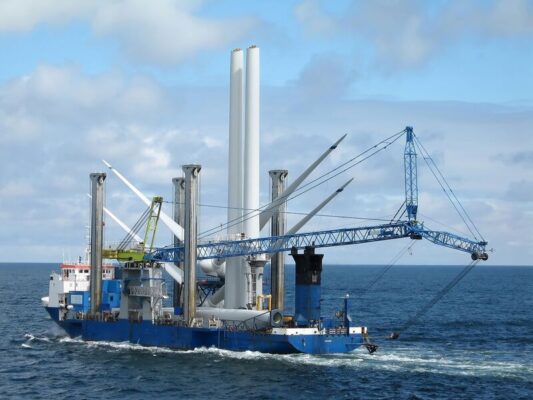The wake effect is a critical consideration in the design and development of offshore wind farms. When wind hits a turbine, it slows down and creates turbulent swirls that reduce the power of the wind for downstream turbines. This interaction reduces the overall efficiency of wind farms, making it critical for developers to accurately predict and mitigate these effects.
To address this issue, RWE, in collaboration with various project partners, has completed two wake effect studies and launched a new research initiative focused on this area.
Collaborative efforts
In 2023, RWE completed two major research projects, X-Wakes and OWA GloBE, which explored the intricacies of wake and blockage effects at offshore wind farms. These studies provided valuable insights that enabled RWE and its partners to refine predictive models and mitigation strategies, thereby optimizing wind farm layouts and efficiency.
One of RWE’s key initiatives is its current participation in the C2-Wakes research, together with the German Federal Ministry for Economic Affairs and Climate Action and the Fraunhofer Institute for Wind Energy Systems (IWES). This project aims to improve the understanding of the impact of offshore wind generation on wind patterns and has been awarded a substantial €2.9 million, most of which will support IWES’s efforts to develop advanced measurement and modeling techniques.
RWE has been granted nearly €295,000 to focus on a lidar measurement campaign within one of its offshore wind farms in the German North Sea, with the aim of improving forecasting and planning for future offshore wind farm clusters by integrating real-world measurements and complex models from project partners.
With the trend toward denser installations, the wake effect is certainly something that needs further research, and contributions from industry leaders are paramount.



